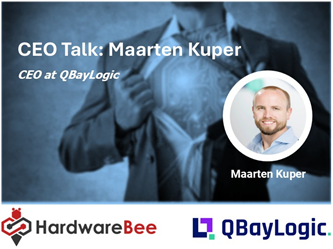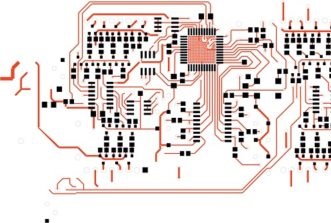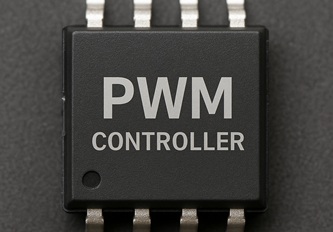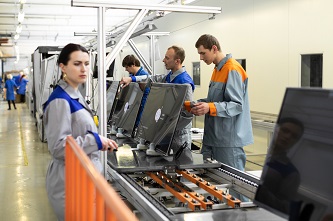This website uses cookies so that we can provide you with the best user experience possible. Cookie information is stored in your browser and performs functions such as recognising you when you return to our website and helping our team to understand which sections of the website you find most interesting and useful.
AI to Satellite at Mobile World Congress 2025
The telecoms industry descended upon Barcelona, Spain this week for the highly anticipated Mobile World Congress 2025. With over 109,000 attendees from 209 countries, the event showcased the latest advancements in mobile technology, satellite innovations, and artificial intelligence. A staggering 2900 exhibitors participated, drawing attention to cutting-edge developments in the industry. The 4YFN pavilion was abuzz with excitement as more than 1,000 startups presented their ideas, attracting over 900 investors keen on discovering the next big thing.
Reflecting on the event, a spokesperson remarked, “This year’s gathering underscored the rapid pace at which technology is reshaping our world. From AI-powered networks to the future of smart mobility, the conversations and collaborations in Barcelona are poised to shape the trajectory of the industry in the coming year. The impact of MWC extends far beyond the event itself, catalyzing tangible change. The anticipation is high as we look forward to MWC25 in Shanghai this June.”
While artificial intelligence permeated various aspects of the event, notable announcements included advancements in non-terrestrial networks (NTN) through satellite technology. Key highlights encompassed voice over NB-IoT on Nordic Semiconductor chips, the introduction of the first monolithic quad band GNSS chip, and a significant GNSS ASIC design contract with ESA. Additionally, innovative add-on boards for global NB-IoT connectivity and breakthroughs in voice over satellite communication were unveiled, signaling a new era of connectivity.
Delving deeper into the technological landscape, OpenRAN emerged as a fundamental component, according to Peter Claydon, CEO of RANsemi, a UK-based telecom chip designer. Claydon noted a shift in the market dynamics, with a surge in companies deploying private 5G networks and leveraging small cells for in-building and local area deployments. The prevalence of AI technology was evident throughout the event, indicating its pivotal role in shaping the industry’s future.
At the intersection of technology and infrastructure, Nokia’s acquisition of Infinera underscored the industry’s transition towards a ‘common cloud’ approach. This strategic move emphasizes the shift towards multi-tenant cloud platforms, enabling operators to optimize costs, enhance scalability, and streamline network management. Ivo Ivanov, CEO of DE-CIX, a German interconnect specialist, highlighted the importance of reliable connectivity in shared cloud environments to ensure seamless access to data.
Looking ahead, the industry is witnessing a paradigm shift towards AI-driven operations, as exemplified by collaborative efforts between Nokia, AMD, Cisco, and Jio to redefine telecom operations. This transformative platform aims to enhance network performance and operational efficiency in real-time, reflecting the integration of AI into the fabric of infrastructure. As the industry grapples with the increasing demands of AI computing, a shift towards edge computing, colocation, and direct interconnection between cloud and AI services is becoming imperative for building resilient and efficient networks.














